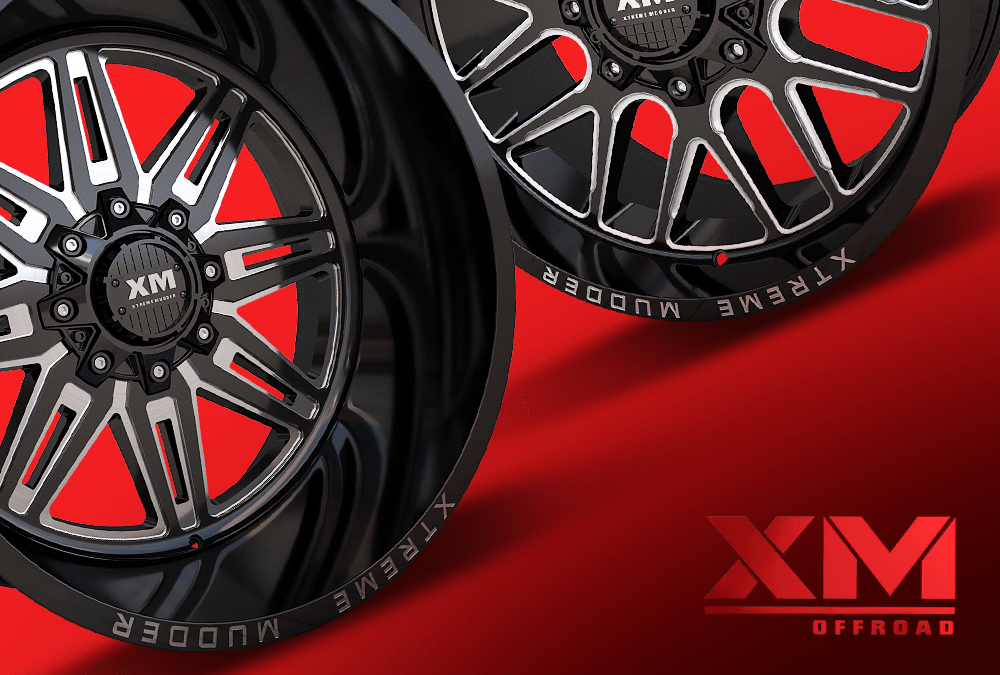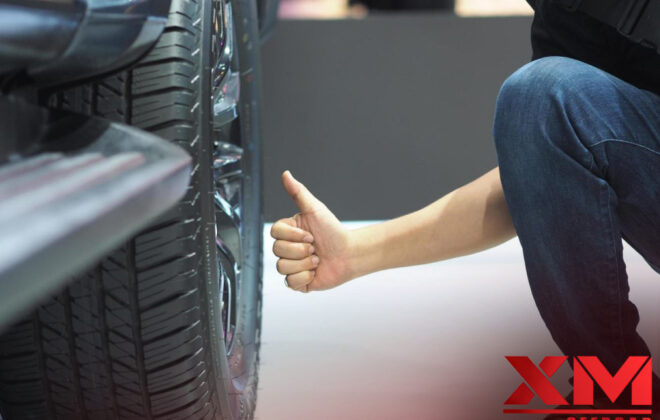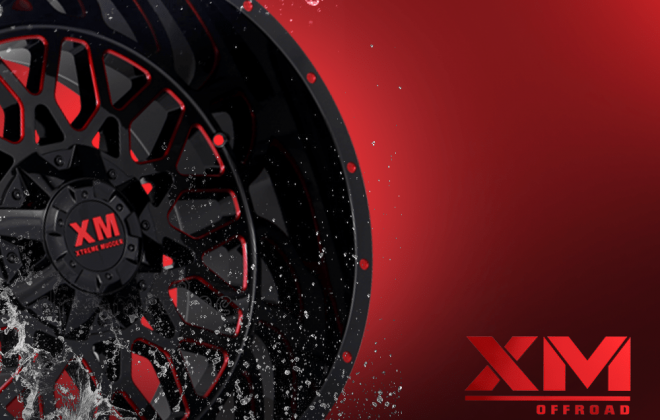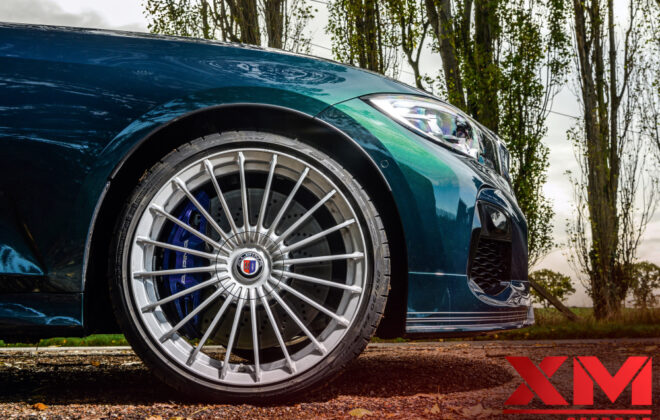
Alloy Wheels Guide 101
What Are Alloy Wheels And How It Works?
The wheels must be able to withstand the automobile. They must resist the forces generated during regular operation. Simultaneously, they must be lightweight to keep unsprung weight to a minimal level. Did you know what substances make wheels? Well, Cast aluminium alloy or magnesium alloy can be used to make wheels. Alloy wheels are prevalent due to their attractive appearance. Moreover, they are lighter than comparable steel wheels.
As aluminium conducts heat better than steel, alloy wheels can disperse heat from brakes and tires more efficiently than steel wheels. The majority of wheels have ventilation holes in the flange to allow air to flow to the brakes. The majority of passenger vehicle wheels are off the well or drop-centre design. This design enables tire removal and installation.
Features of Alloy Wheels
- They are lighter than steel
- They have an appealing design
- They have excellent heat conduction
- From the perspective of fuel economy, alloy wheels are way better.
- They have better braking
- They have free corrosion potential
- They prolong your tire’s life span
Types of Wheels
Passenger cars typically have rims that are well-based or have a drop Center design. The drop enter is used to install and demount the tire from the outer edge of the wheel. Wheels must be strong enough to support the vehicle’s weight and withstand the force exerted during use. The wheel centre must precisely locate the wheel rim on the axle. It should also provide the necessary distance from the wheel’s centerline to the face of the mounting flange.
It is called offset. Why is offset important? Offset is vital because it aligns the tire centerline with the wider inner hub bearing, reducing the load on the stub axle. It also shapes the inner of the wheel centre. Furthermore, it accommodates the brake assembly inside the wheel.
The ventilation slots allow air to circulate across the brakes. The rim should be precisely shaped and dimensioned. They are strong enough to withstand the tire under the load of the automobile and the forces generated by the vehicle’s motion.
Why The Rim Locks The Tire?
When it expands and inflates, the rim locks the tire into it. How does this happen? The rim locks the tire by tapering the bead seat towards the flange and using safety ridges or humps close to the flange. Safety ridges protect the tire from falling into the well during a sudden deflation or blow-out—this aids in maintaining vehicle control while you apply brakes. Many heavy commercial vehicles with well-based rims are using tubeless tires.
Rim Sizes & Designations
How can we ensure a proper fit between a tire and rim? Wheel and tire manufacturing companies adhere to the standard dimensions recommended by automobile manufacturers. The width of the wheel’s outer edge is the distance across the rim flanges at the bead seat. Its diameter is the distance across the centre of the rim from bead seat to bead seat.
Surprising Facts about Rims
- Early wheels were made from tree trunks.
- The first self-propelled vehicle used bicycle wheels.
- Steel wheels are inexpensive and long-lasting.
- Modern-day wheels are powerful, robust and more potent.
- Holes in car rims plays a vital role in saving weight.
- Square Rims lead to a bumpy ride.
- Updating tire and rim size have an impact on speedometer consistency and accuracy.
- Increasing the size of the wheels decreases acceleration.
- More extensive and wider wheels have lesser braking effectiveness.
Why Does Wheel Alloy Matter?
Are you tired of the worst-performing vehicles? Did you know that the heavier and bulkier your automobile, the slower its performance will be? Accordingly to Xtreme Mudder Wheels, every pound of weight matters when it comes to enhancing the efficiency of your vehicle. Steel wheels are standard on many automobiles from the factory. Steel wheels have a strong reputation, but they are bulky.
Lightweight alloys play an essential part during the manufacturing of alloy wheels. These metal alloys wheels designs are more robust than steel while weighing much less. If you frequently drive in inclement weather, you’ll applaud the fact that alloy wheels are necessary to facilitate heat away from the vehicle’s braking system.
Now there comes the aesthetics’ part. Aside from improving performance, alloy wheels effectively give your automobile an uplift and a unique appearance. Alloy wheels are the way to go if you want a set of wheels that will set you apart from the crowd.
Top Tips to Clean Your Alloy Wheels
If you buy a new car, chances will come standard with a stylish set of alloy wheels. However, these gleaming (often silver) rims can quickly become filthy. It happens because the wheel’s outer edge has ideal position and it gather more dust and debris than the rest of the car.
Now, what are you going to do with your beautiful new rims? How are you going to clean the alloy wheels? We will strongly recommend you to wash and clean your wheels. Moreover, regular cleaning stops corrosive brake dust and road grime. Here are some of the top tips that help you clean your alloy wheels.
- Get an effective and top alloy wheel cleaning product.
- Remove the grime and dust using a pressure washer.
- Don’t forget to put on some rubber or latex gloves.
- Apply the best alloy wheel cleaning product available in the market.
- Leave the wheels for a specific time.
- Rinse it off.
- Clean once more to remove the remaining cleaning solution and any leftover dirt.
- Add an extra layer of protection using a wheel wax.
We hope that this guide address all your concerns regarding wheel alloy. If you have some question, let us know in the comments.




